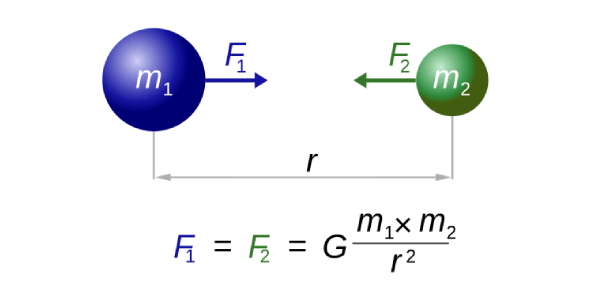What Do You Know About Gravity? Quiz

Test your knowledge with the "What Do You Know About Gravity? Quiz. And discover the intricacies of gravity, from its role in keeping planets in orbit to its influence on the passage of time. Delve into the captivating world of physics as you explore the fundamental force that governs the motion of celestial bodies and shapes the very fabric of our universe.
This quiz is designed to challenge both novices and enthusiasts alike, with questions covering various aspects of gravitational theory and its practical applications.
Explore the groundbreaking contributions of luminaries like Isaac Newton and Albert Einstein to our Read moreunderstanding of gravity, and learn how this force continues to intrigue scientists to this day. From black holes to gravitational waves, from the curvature of spacetime to the gravitational constant, this quiz will take you on a thrilling odyssey through the mysteries of gravity
Gravity Questions and Answers
- 1.
What happens to an object's weight when it is taken to a location where gravity is weaker than on Earth?
- A.
It decreases
- B.
It increases
- C.
It remains the same
- D.
It becomes zero
Correct Answer
A. It decreasesExplanation
When an object is taken to a location where gravity is weaker than on Earth (e.g., on the Moon), its weight decreases because weight is the force of gravity acting on an object, and gravity is weaker in such locations.Rate this question:
-
- 2.
On earth, gravity gives weight to physical objects, and the moon’s gravity causes the?
- A.
Globe
- B.
Space
- C.
Matter
- D.
Ocean tide
Correct Answer
D. Ocean tideExplanation
The moon's gravity causes ocean tides on Earth. The gravitational pull of the moon creates a tidal bulge on the side of the Earth facing the moon and a second bulge on the opposite side. As the Earth rotates, different parts of the ocean experience these bulges, resulting in the rise and fall of the ocean tide.Rate this question:
-
- 3.
The gravitational attraction of the original gaseous matter present in the?
- A.
Molecule
- B.
Matter
- C.
Universe
- D.
Atom
Correct Answer
C. UniverseExplanation
The gravitational attraction of the original gaseous matter present in the universe led to the formation of galaxies, stars, and other celestial bodies. This gravitational force caused the matter to clump together and eventually form the structures we observe today. The universe is a vast expanse of space containing all matter and energy, and it is through the gravitational interaction between these particles that the universe has evolved over time.Rate this question:
-
- 4.
Gravity is responsible for many of the large-scale structures in the?
- A.
Atom
- B.
Universe
- C.
Molecule
- D.
Atmosphere
Correct Answer
B. UniverseExplanation
Gravity is responsible for many of the large-scale structures in the universe. It is the force that governs the formation of galaxies, clusters of galaxies, and even superclusters. Gravity pulls matter together, causing it to clump and form these structures over time. Without gravity, the universe would not have the intricate web-like structure that we observe today.Rate this question:
-
- 5.
Gravity is most accurately described by the general theory of relativity proposed by?
- A.
Isaac Newton
- B.
Albert Einstein
- C.
Napoleon Hill
- D.
Charles Darwin
Correct Answer
B. Albert EinsteinExplanation
Albert Einstein is the correct answer because he proposed the general theory of relativity, which accurately describes gravity. This theory revolutionized our understanding of gravity by explaining it as the curvature of spacetime caused by the presence of mass and energy. Newton's laws of motion and gravitation, although groundbreaking in their time, were later found to be an approximation of Einstein's more comprehensive theory. Napoleon Hill and Charles Darwin, on the other hand, were not physicists and did not contribute to our understanding of gravity.Rate this question:
-
- 6.
Gravity was described not as a force, but as a consequence of the?
- A.
Mass
- B.
Curvature of spacetime
- C.
Jupiter
- D.
Universe
Correct Answer
B. Curvature of spacetimeExplanation
Gravity was described not as a force, but as a consequence of the curvature of spacetime. This explanation is based on Einstein's theory of general relativity, which states that massive objects like planets and stars create a curvature in the fabric of spacetime. This curvature then causes objects to move along curved paths, which we perceive as the force of gravity. So, instead of thinking of gravity as a force acting between objects, it is more accurate to view it as a result of the curvature of spacetime caused by massive objects.Rate this question:
-
- 7.
For most applications, gravity is well approximated by?
- A.
Law of Mass
- B.
Matter
- C.
Spacetime event
- D.
Newton’s law of universal gravitation
Correct Answer
D. Newton’s law of universal gravitationExplanation
Newton's law of universal gravitation is the correct answer because it accurately describes the force of gravity between two objects. This law states that the force of gravity is directly proportional to the product of the masses of the objects and inversely proportional to the square of the distance between them. It is a widely accepted and well-tested theory that provides a reliable approximation for gravity in most applications.Rate this question:
-
- 8.
The most extreme example of this curvature of spacetime is?
- A.
Relativity
- B.
Quantum physics
- C.
Atomic mass
- D.
Black hole
Correct Answer
D. Black holeExplanation
A black hole is the most extreme example of the curvature of spacetime. According to Einstein's theory of general relativity, massive objects like black holes create a gravitational field that curves the fabric of spacetime. The intense gravitational pull of a black hole is so strong that it creates a region from which nothing, not even light, can escape. This extreme curvature of spacetime near a black hole's event horizon is what makes it the most extreme example of spacetime curvature.Rate this question:
-
- 9.
The earliest instance of gravity in the universe, possibly in the form of?
- A.
Quantum gravity
- B.
Supergravity
- C.
Gravitational singularity
- D.
All of the above
Correct Answer
D. All of the aboveExplanation
The correct answer is "All of the above" because the question asks for the earliest instance of gravity in the universe, and all three options - quantum gravity, supergravity, and gravitational singularity - are possible forms of gravity that could have existed at that early stage. Quantum gravity is a theoretical framework that aims to unify quantum mechanics and general relativity, while supergravity is a theory that combines supersymmetry and gravity. Gravitational singularities are points of infinite density and curvature, such as those found in black holes. Therefore, all three options could potentially represent the earliest instance of gravity in the universe.Rate this question:
-
- 10.
Modern work on gravitational theory begins with the work of?
- A.
Isaac Newton
- B.
John Lennon
- C.
Albert Einstein
- D.
Galileo Galilei
Correct Answer
D. Galileo GalileiExplanation
Galileo Galilei is the correct answer because he made significant contributions to the field of gravitational theory. He conducted experiments and observations on falling bodies and developed the concept of uniform acceleration due to gravity. Galileo's work laid the foundation for Isaac Newton's laws of motion and universal gravitation. While Isaac Newton and Albert Einstein also made important contributions to gravitational theory, Galileo Galilei's work predates theirs and is considered the starting point for modern understanding of gravity. John Lennon, on the other hand, was a musician and not a scientist, so he is not relevant to the question.Rate this question:
-
Quiz Review Timeline +
Our quizzes are rigorously reviewed, monitored and continuously updated by our expert board to maintain accuracy, relevance, and timeliness.
-
Current Version
-
Mar 11, 2024Quiz Edited by
ProProfs Editorial Team
Expert Reviewed by
Matt Balanda -
Feb 20, 2018Quiz Created by
Timmy198
 Back to top
Back to top



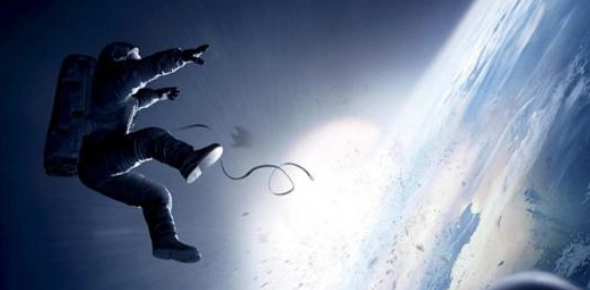
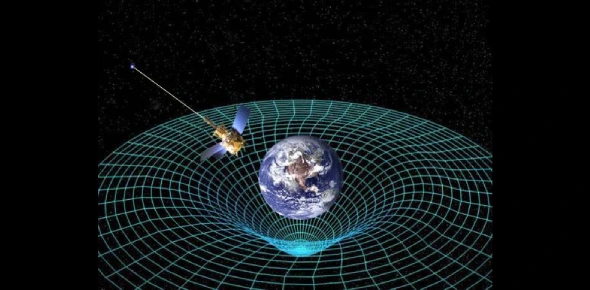
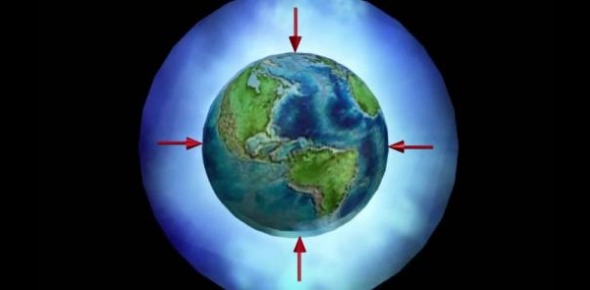
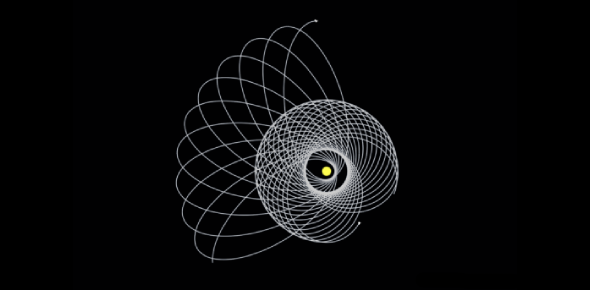
.webp)
